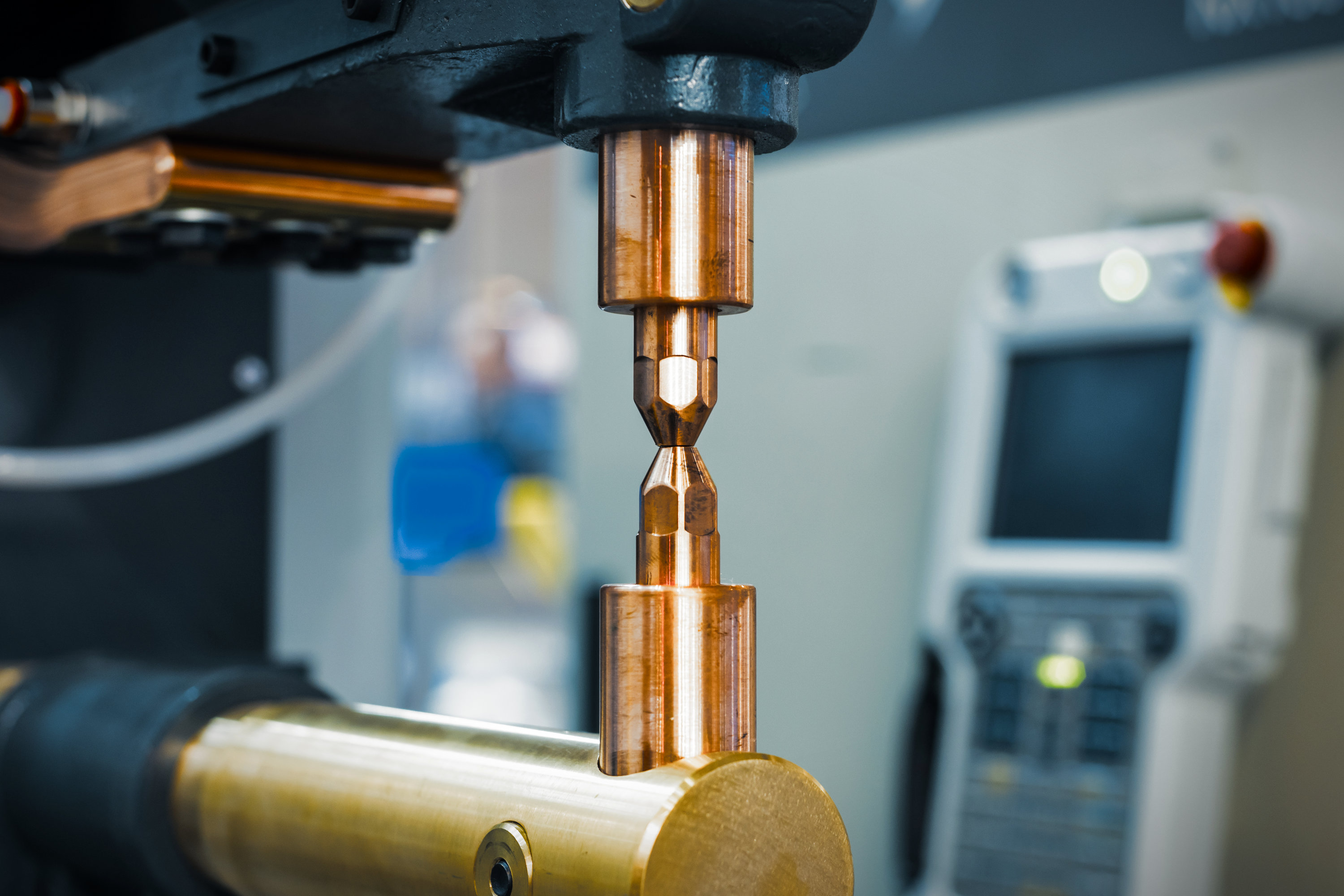In all walks of life, using the correct tool for the job is an essential part of making your work easier, more efficient, and more effective. Welding is no exception to this rule, as evidenced by the abundance of forms and techniques involved in the process. While many types of welding appear similar on the surface, they vary widely in the processes they use to achieve fusion and the results they can produce. Today, we’ll talk about MFDC welding, and the potential benefits it provides to companies who choose to implement MFDC welding technology.
MFDC?
MFDC stands for MID FREQUENCY DIRECT CURRENT. This is a control and power supply system that takes an AC power input and converts it into an inverted, higher frequency power output. Let’s say your initial input is three-phase AC at 60hz. It can be inverted and converted a combination of times in the control and transformer to end up with a 400 – 4000 hertz inverted DC output.
Unlike AC, the DC current flows in one direction only and has no crossovers, which would cool the part, resulting in the part heating more quickly. This can significantly speed up the welding process, making each weld take less time to complete. There are also no inductive power losses or problems with magnetic material in the machine throat.
Although there is a stronger magnetic force, generated when the current starts or ends, ferromagnetic tools are still affected. (magnetized) There is a reduced overall current loss due to steel in the throat.
Generally, the plant power requirement is also reduced substantially. Transformers can be smaller in size, allowing better payloads for robot applications. Some research suggests total power consumption can be reduced by around 30% when utilizing MFDC machines.
What are the Main Benefits of Using MFDC Machines?
There are quite a few. As mentioned before, some of the major benefits are the speed at which welds can be made, as well as a reduction in overall power consumption. MFDC machines are faster and more efficient by a wide margin, but also provide greater reliability. Because the MFDC machine uses an inverter to supply power to the welding heads, fluctuations in power supply will not impact those weld heads as drastically as they would in an AC system. DC systems also encounter lower impedance since inductive impedance is eliminated, the only component left is resistance in welding circuits, allowing welders to utilize different circuit lengths and tip characteristics without affecting the overall weld time.
MFDC systems also offer comparatively higher weld quality than their AC counterparts. By making welds more quickly, MFDC systems bypass many of the issues that arise from prolonged heat affecting the area around the weld nugget reducing heat-affected zone, like deformation and burn-through. Less time spent per weld also means that less force needs to be applied to the metals being fused, resulting in higher structural integrity. The weld marking left behind by MFDC welds are also typically less evident for an equivalent AC-produced weld nugget, meaning that final products are safer when being handled and take less time to clean and make transport-ready.
Conclusion
All in all, MFDC systems provide welders valuable alternatives where AC systems cannot provide. While not applicable for every weld due to their high power output, many manufacturing systems rely heavily on MFDC welding to quickly and efficiently mass-produce parts, drive efficiency, and weld delicate or flimsy materials.
Be sure to look out for more great content from our blog, and find us on social media to become a part of the conversation. For business inquiries, visit our contact page and find how Tuffaloy can help your company succeed.



